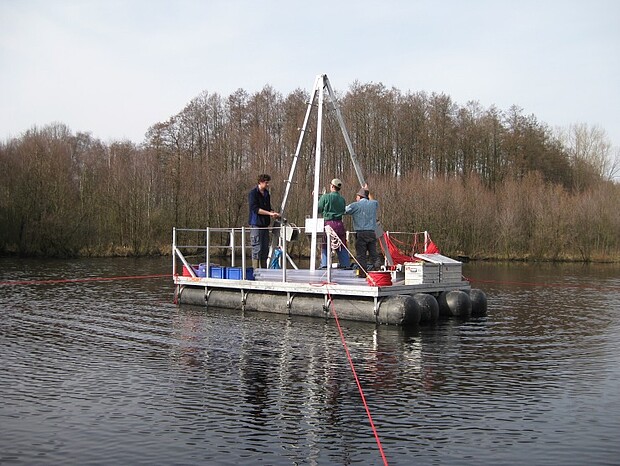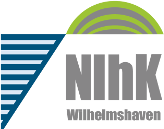The Impact of Prehistoric and Pre-industrial Land Use on Northwest German Lakes and their Environs


Comparative, interdisciplinary investigations of late- and postglacial sediments of several lakes in northern Lower Saxony are being carried out in order to achieve a detailed understanding with high chronological resolution of past environmental changes and their causes. Alongside landscape changes in the lakes’ environs the investigations particularly focus upon the water quality of the lakes including, for instance, eutrophication and acidification as well as natural regeneration of waterbodies in phases of reduced exploitation. The project is being carried out in cooperation between the NIhK as well as the Universities of Bremen and Rostock and was funded by the Lower Saxony Ministry for Science and Culture between 2011 and 2014; it aims to analyse biological proxy-data (diatoms, pollen, macro remains , charcoal), sedimentological and geochemical proxy-data (semi-quantitative element compositions using XRF core scanning, CNS analyses, biogenic silicon, stable carbon- and nitrogen isotopes) as well interrogating all available information on the settlement history in the environs of the lakes. Katharina Blume analysed the diatoms and archaeological evidence within the scope of a doctoral thesis at Rostock University.
References
Wolters, S., Enters, D. & Blume, K (2014): The effects of prehistoric land-use on lake systems and their catchment areas in north-western Germany. International Conference: Culture, Climate and Environment. Interactions at Prehistoric Wetland Sites. Bern, Switzerland. 11.–14.6.2014. Abstract volume, p. 3.
Blume, K., 2012: Die subfossile Diatomeenflora des Großen Sager Meeres. Nachrichten des Marschenrates zur Förderung der Forschung im Küstengebiet der Nordsee 49, 68–71.
Enters, D., Wolters, S., Lücke, A., Larocque-Tobler, I., Ohlendorf, C., Zolitschka, B., Behling, H., Bittmann, F. & Voigt, R. (2011): Multi-proxy evidence of environmental changes related to human land-use from lacustrine sediments of Eversener See, northwestern Germany. XVIII. INQUA Congress, Bern, Switzlerland. 21.–27.7.2011. Abstract.
